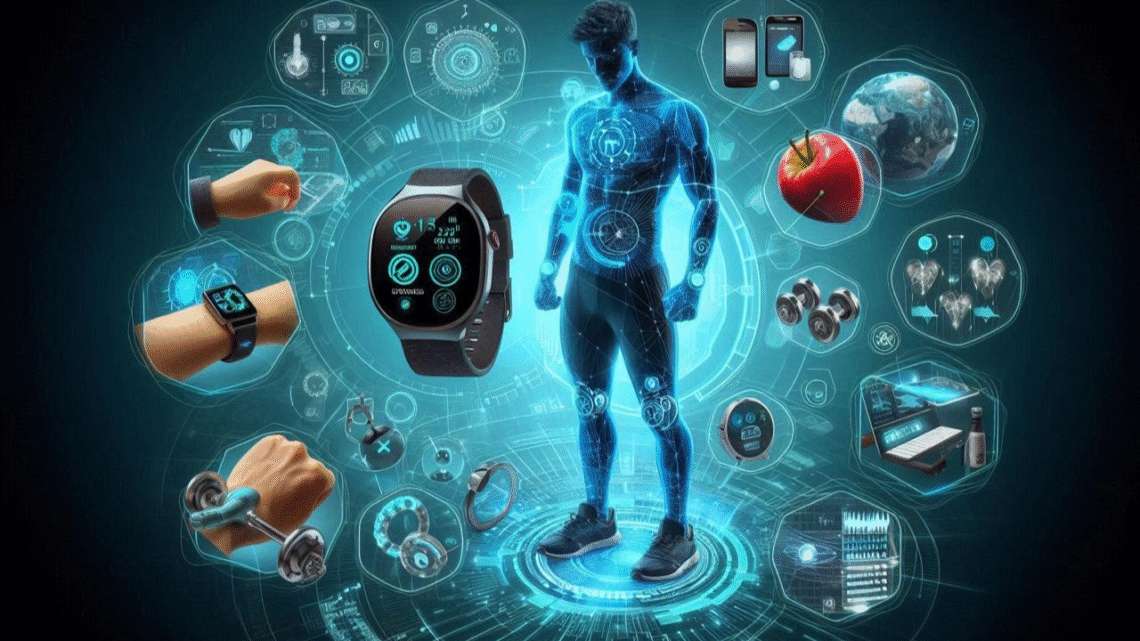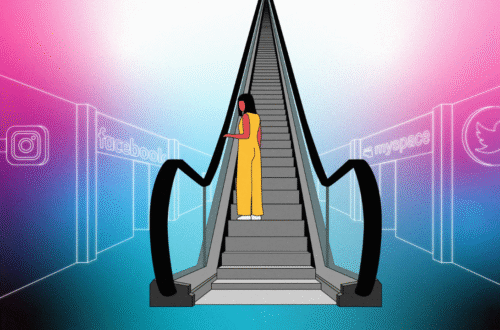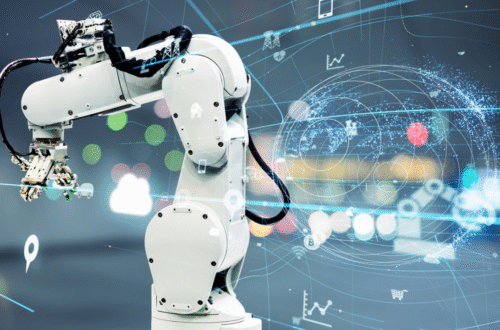Wearable technology has come a long way since the days of basic pedometers and calorie counters. What started as simple fitness trackers has now evolved into a dynamic industry filled with smartwatches, health monitors, augmented reality glasses, and even smart fabrics. As we look to the future, wearable devices are poised to become even more advanced, seamless, and deeply integrated into our daily lives.
With major tech companies investing billions in research and development, and consumers demanding more personalized, on-the-go experiences, the next generation of wearables is not just about convenience — it’s about redefining how we interact with technology, health, entertainment, and even our own bodies.
In this article, we’ll explore what’s on the horizon for wearable tech, what innovations are already in development, and how these devices are set to transform our lives in the coming years.
A Quick Look Back: The Evolution of Wearables
Before diving into the future, it’s worth understanding how far we’ve come. The wearable tech trend gained traction in the early 2010s with the rise of fitness bands like Fitbit and Jawbone. These devices focused on tracking steps, sleep, and heart rate — simple metrics that helped people become more health-conscious.
Then came the smartwatch revolution. With the launch of devices like the Apple Watch and Samsung Galaxy Watch, wearables started doing more than just tracking fitness. They allowed users to receive notifications, make calls, check emails, and monitor complex health data, all from their wrist.
Today, wearables are not just accessories. They are mini-computers, personal health coaches, communication hubs, and entertainment centers. And they’re only getting smarter.
Health and Wellness: The New Frontier
One of the biggest drivers of wearable technology is health and wellness. The next generation of wearables is expected to go far beyond counting steps or logging calories.
Continuous Health Monitoring
Soon, your wearable might be able to monitor your blood pressure, glucose levels, hydration, and even detect early signs of illness — all without invasive procedures. For people with chronic conditions like diabetes or hypertension, this could mean fewer trips to the doctor and better day-to-day management of their health.
Apple, for example, is rumored to be working on non-invasive blood glucose monitoring for future Apple Watch models. Other startups are exploring wearable patches that continuously measure body chemistry through sweat or skin sensors.
Mental Health Tracking
Another exciting area is mental health. Wearables of the future may track stress, mood, and even early signs of anxiety or depression through a combination of biometric data and artificial intelligence. These devices could recommend breathing exercises, meditation, or alert you when it’s time to take a break.
The goal is not just physical fitness but holistic well-being — helping users understand and take control of both their body and mind.
Smarter, Sleeker, and More Fashionable
Wearables have often struggled with one thing: design. Many early models were bulky or unappealing. But the future promises devices that are both powerful and stylish.
Tech companies are partnering with fashion brands to create wearables that blend seamlessly into everyday outfits. We’re seeing more options that look like classic watches, jewelry, or even casual clothing. Smart rings, earrings, and necklaces are already emerging, offering health tracking, alerts, and payment features without drawing too much attention.
The move toward discreet and fashionable tech means wearables will no longer be a niche for fitness enthusiasts or tech geeks — they’ll be for everyone.
The Rise of Smart Fabrics
One of the most exciting developments in the wearable space is smart clothing. This involves weaving sensors and conductive materials directly into fabric, allowing your clothes to track your movement, posture, temperature, and more.
Imagine a running shirt that corrects your form in real-time, or a yoga outfit that guides your stretches. In medical settings, smart garments can monitor patient recovery or track vital signs continuously.
Big brands like Google and Levi’s have already experimented with smart jackets, while sportswear companies are investing in sensor-rich clothing for athletes. As materials become more flexible and affordable, smart textiles could become the norm for everyday wear.
Augmented Reality and Smart Glasses
The next wave of wearables is also expanding into augmented reality (AR). Smart glasses — once dismissed as a failed experiment — are making a comeback, driven by better technology and consumer demand.
Meta, Apple, and other tech giants are working on lightweight AR glasses that can overlay digital information onto the real world. These glasses might let you read messages, follow maps, identify objects, or translate languages in real time — all without looking at your phone.
For professionals, AR glasses could offer remote collaboration, hands-free work tools, or enhanced design visualization. For consumers, the possibilities include immersive gaming, virtual try-ons for fashion, or interactive tourism experiences.
AI Integration and Personal Assistants
As wearable devices become more capable, artificial intelligence will play a bigger role in making them truly “smart.”
Future wearables will act as proactive assistants — learning your habits, routines, and preferences to provide personalized insights and suggestions. Your smartwatch might suggest the best time for a workout based on your sleep, stress levels, and calendar. Your smart glasses could highlight key points in a business meeting or remind you of people’s names during networking events.
This level of integration requires powerful processing and data analysis, which will be made possible through cloud computing and on-device AI chips.
Battery Life and Sustainability
One of the biggest limitations of current wearables is battery life. Nobody wants to charge their watch or ring every night. Future wearables will need longer-lasting batteries or innovative charging methods to become truly convenient.
Researchers are exploring solar-powered wearables, kinetic charging (powered by movement), and even body heat-powered devices. These advances not only improve usability but also support environmental goals.
Additionally, the focus on sustainability is growing. Future wearables will likely use recycled materials, biodegradable parts, and eco-friendly packaging to reduce tech waste.
Privacy and Data Security
With so much personal data being collected — from heart rate to location to sleep patterns — privacy is a major concern. The future of wearable tech must balance innovation with trust.
Consumers are becoming more aware of how their data is used, and they will expect clear privacy controls, encrypted storage, and options to opt out of data sharing. Companies that build transparency and security into their wearable ecosystems will earn user loyalty.
What Does This Mean for You?
So how will the next generation of wearables affect your everyday life? In many ways:
- Health: Better personal health tracking, earlier diagnoses, and more informed conversations with doctors.
- Productivity: Real-time alerts, hands-free tools, and AI support for smarter decision-making.
- Convenience: Fewer devices, more seamless experiences, and greater mobility.
- Style: Technology that fits your lifestyle and fashion sense without sacrificing function.
- Awareness: Greater insight into your mental and physical well-being.
Whether you’re an athlete, a professional, a student, or someone simply looking to live healthier, wearables are becoming tools that adapt to you — not the other way around.
Conclusion
The future of wearable technology is not only promising — it’s already unfolding. From advanced health monitoring and smart fabrics to AR glasses and AI-powered assistants, the next generation of wearables will be smarter, more discreet, and more deeply integrated into our lives than ever before.
As the boundaries between technology, fashion, and health continue to blur, wearable devices will no longer be just accessories. They’ll be essential extensions of ourselves — helping us stay connected, stay healthy, and stay informed.
Tech is future, and the evolution of wearables proves it. The only question is: what will you be wearing next?





